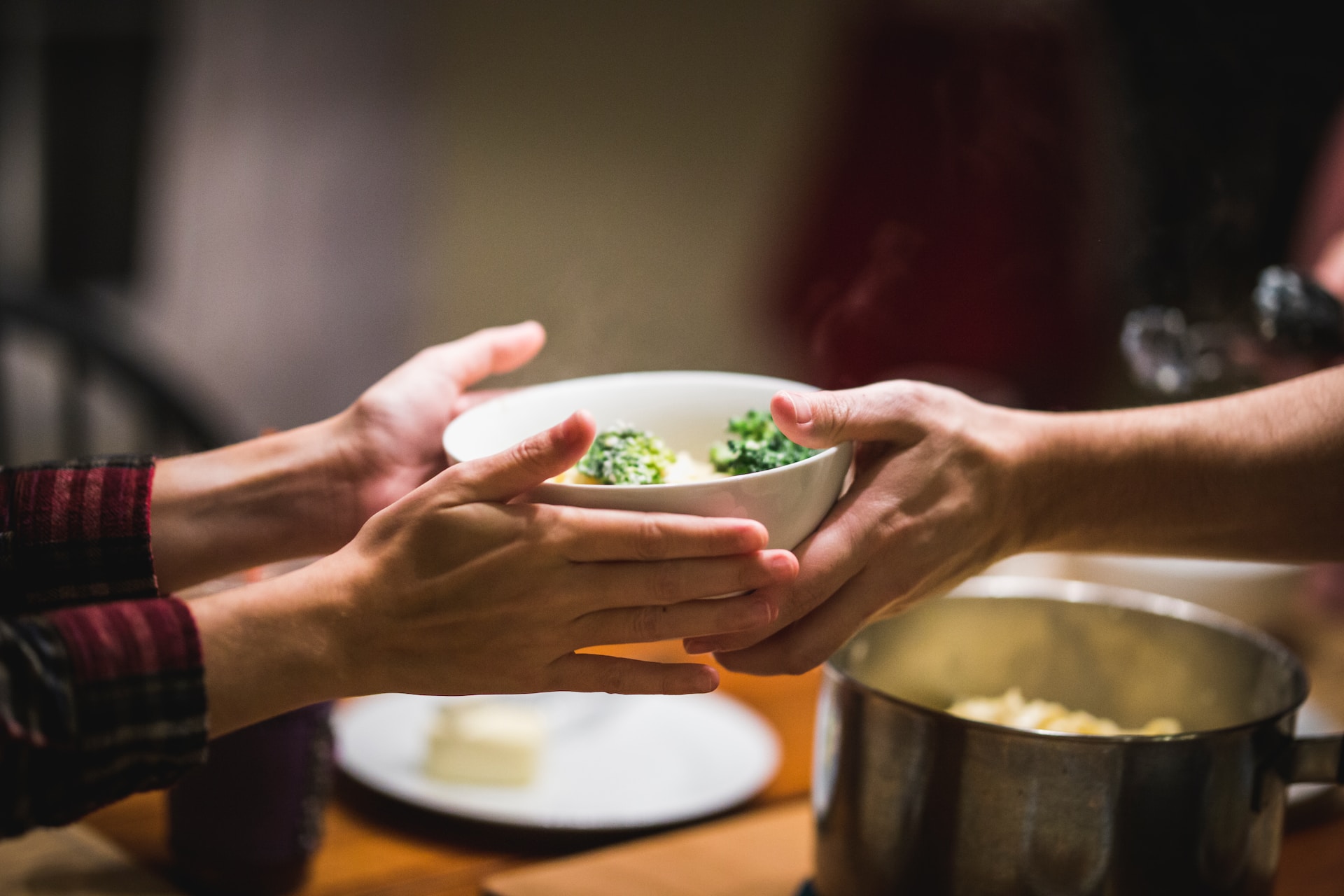For some, having a total reset from day one is the best way to go about changing things – out with the old, in with the new! For others, like me, winter feels like the worst time to try and make radical changes, especially to your diet. It’s still cold and dark, we’re all hunkered down in hibernation-mode, and that springtime ‘I can do anything!’ madness seems an impossible feeling to generate, let alone keep hold of.
Nevertheless, the excess of seasonal festivities often does prompt a call to action, to live a simpler more wholesome life, in balance with nature and planetary boundaries.
One of the most impactful changes you can make for your own health and to lighten the impact of your lifestyle, is to move to a plant-based diet. It doesn’t have to be all or nothing, particularly if you find that you can only keep up that level of change for a limited time. Falling back into old habits can be soul-destroying and make you feel worse than before.
So my philosophy is to be kind to myself when it comes to making changes. Start small and take one step at a time. Where some would go full Veganuary with gusto, my experience has been that introducing small manageable changes on a gradual basis, offer a better chance of becoming lasting habits. And taking small steps makes it easier to just start. Now. Just try it. What is there to lose?
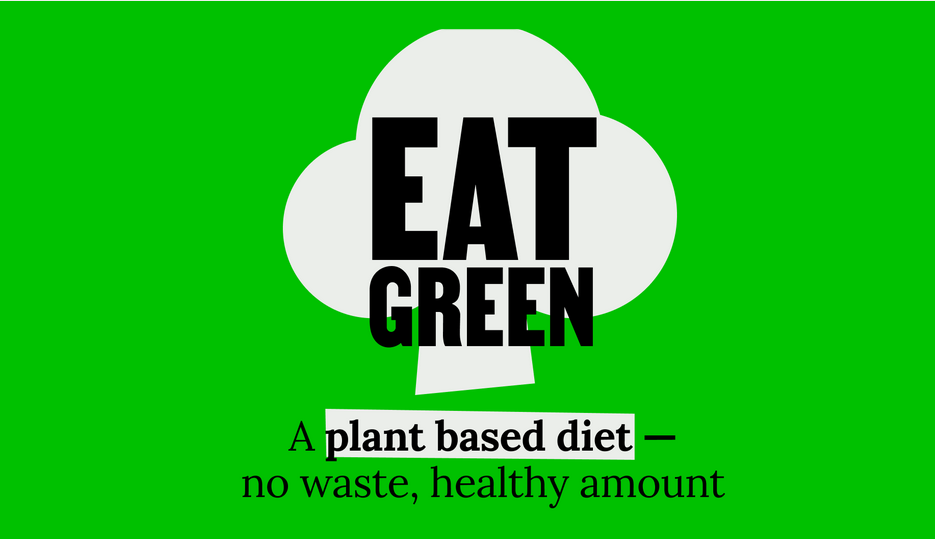
Take the Jump has some great ideas for gradual changes in its Eat Green guide to moving to a mostly plant-based diet – for example:
- change one meal a week to veggie or vegan (if you already do this add another meal to the plant-based list)
- eat plant-based food at work and your usual diet at home – or vice versa
- make every other day a plant-based day
- eat plant-based during the week and your usual diet on weekends
Whatever feels easy to achieve. Try this for a month or more and it will start to become second nature.
You don’t need to go full-on plant-based either, you could reduce the meat and dairy in some of your usual meals too:
- try cutting out beef, lamb and fish from your remaining meat-based meals,
- try reducing the amount of meat in your recipes and bulking up with pulses and vegetables eg finely chopped celery and carrots, chopped tinned tomatoes or mushrooms etc. A little diced bacon or chorizo packs a lot of flavour in a stew, shepherd’s pie or pasta dish (see pic below), maybe that’s all the meat you need?
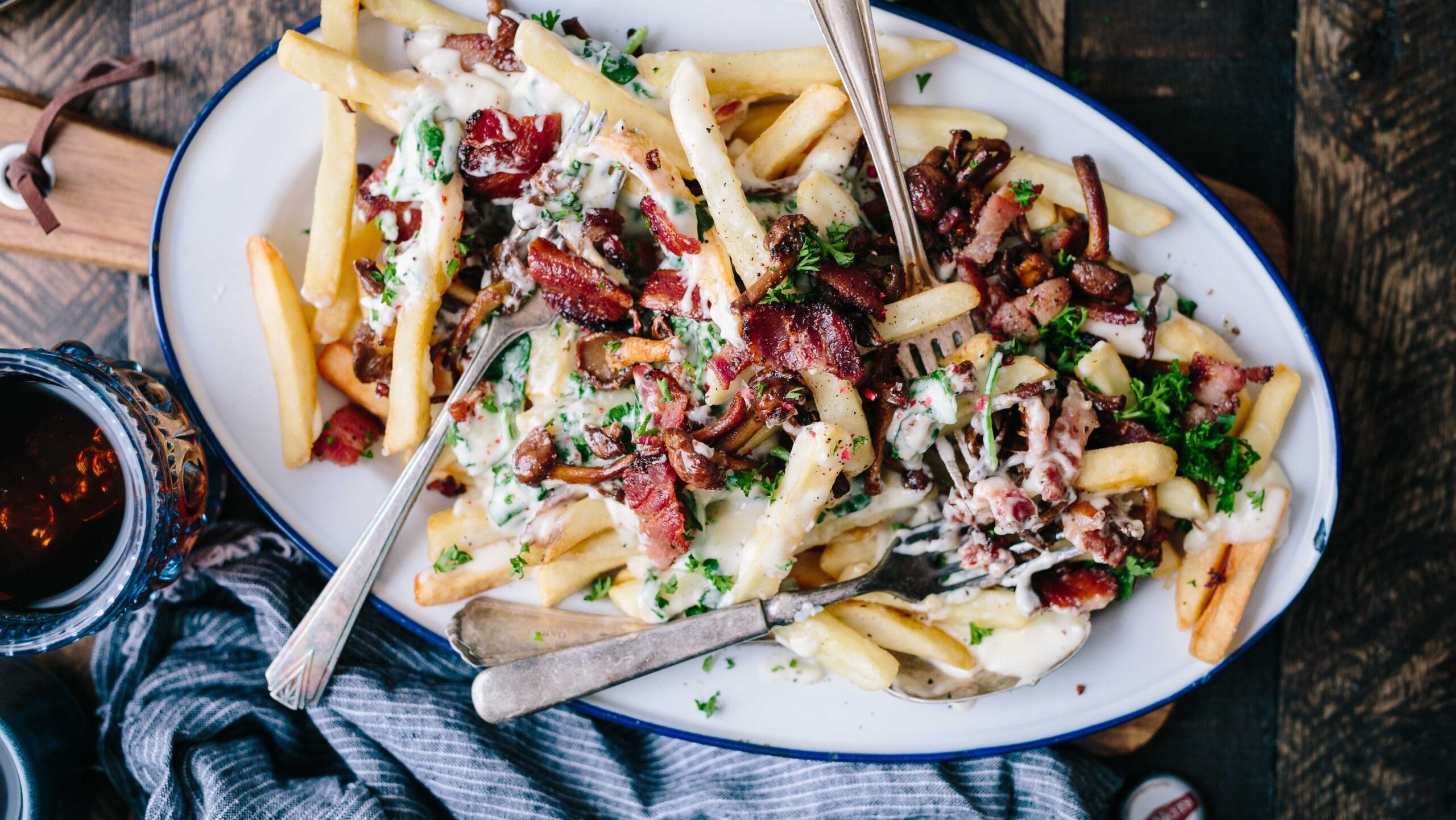
- Use flexible base recipes that allow you to ring the changes or combine tasty plant-based ingredients – like frittata, risotto, pilaff, stir fries, rosti/bubble and squeak, stews, soups or curries. These are great for using up leftovers too, helping cut down on food waste. I’ve added more tips for reducing food waste at the end of the blog
- Try reducing the amount of dairy you eat. Try oat-milk on your cereal and in cooking. Replace cheese with hummus in sandwiches. Replace your cuppa with a herb tea once or twice a day. Peppermint and Turmeric teas are great for digestion and health.
- No need to buy lots of fancy ultra-processed dairy/meat alternatives with this approach
- Opting for a weekly veg box or making a point of visiting your local greengrocers (we love Webbs in Hitchin Churchyard) once or twice a week, will help you focus on making vegetables the stars of your meals, as they are in so many global cuisines
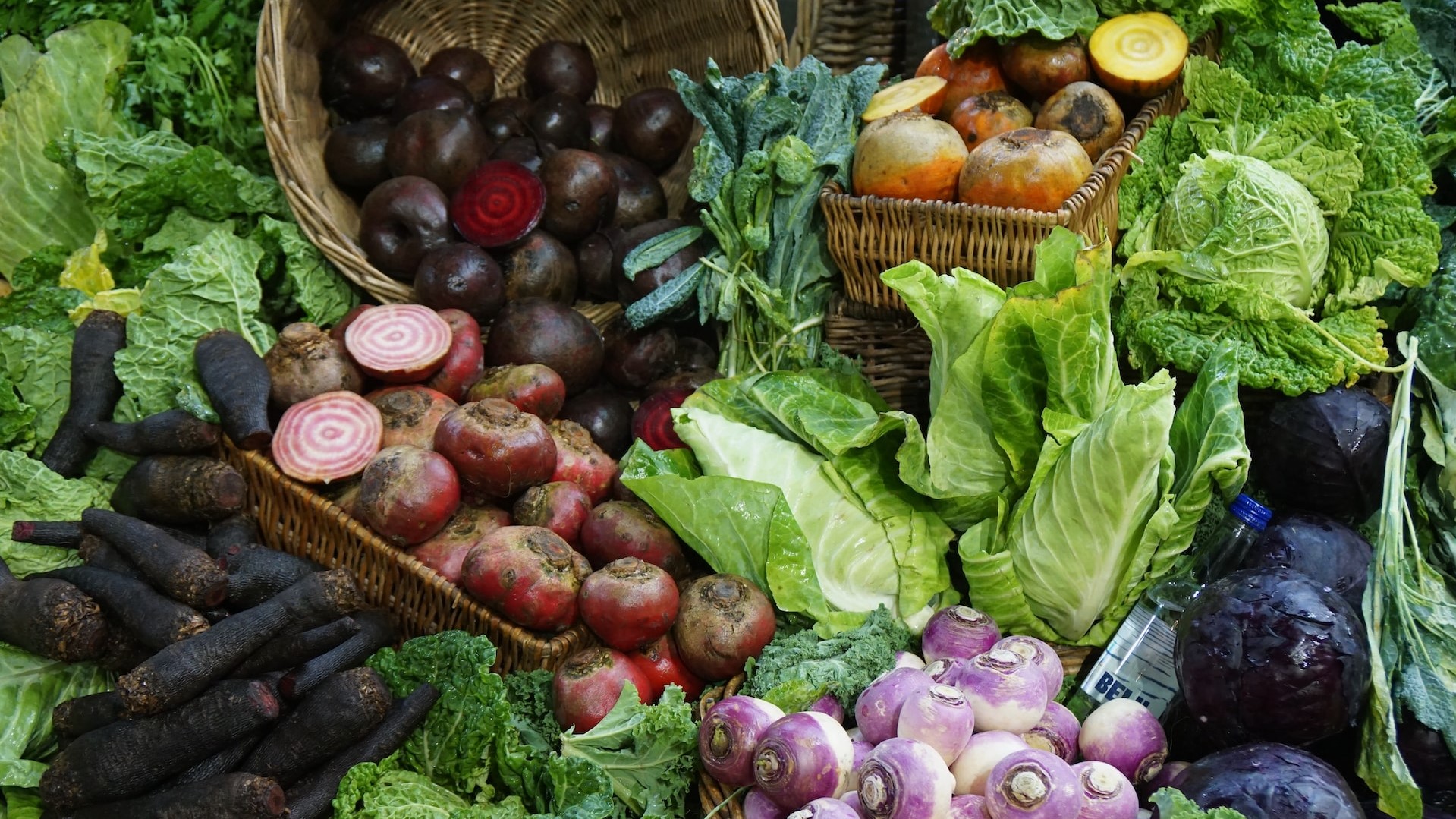
- Try one new plant-based recipe each week and have your family/partner rate the meal out of 5. Anything above a 3 is worth cooking again, and meals scoring 4s and 5s can become part of your go-to repertoire.
- New recipe ideas are invaluable and I’ve listed several good sources below that we’ve used and love
- Menu-planning is incredibly useful – we’ve found Paprika to be a really good phone app and it’s free on Android
Most of the above shifts should save you money as well as having health and wellbeing benefits. You may even lose that Christmas weight gain, as pulses and wholefoods tend fill you up nicely with fewer calories.
As you get used to reducing your meat, try expanding the amount of time you are doing plant-based. Maybe try to reduce meat eating to just one or two days a week. Once you feel ready you can get to being mostly plant-based by eating meat/dairy just one day a week or removing meat/dairy from your diet for a month or longer.
There’s no need to exclude meat, dairy or fish from your diet entirely and it may be that when you’re entertaining or going out for a meal you’d rather go for something meat-based as a safe bet. Alternatively you could make a positive impression on your friends with your newly acquired mostly-plant-based culinary skills, and, when eating out – be adventurous! Restaurants are getting so much better with their plant-based menu choices these days and you may be pleasantly surprised.
Whatever you decide to do, get started now, take the jump and enjoy it!
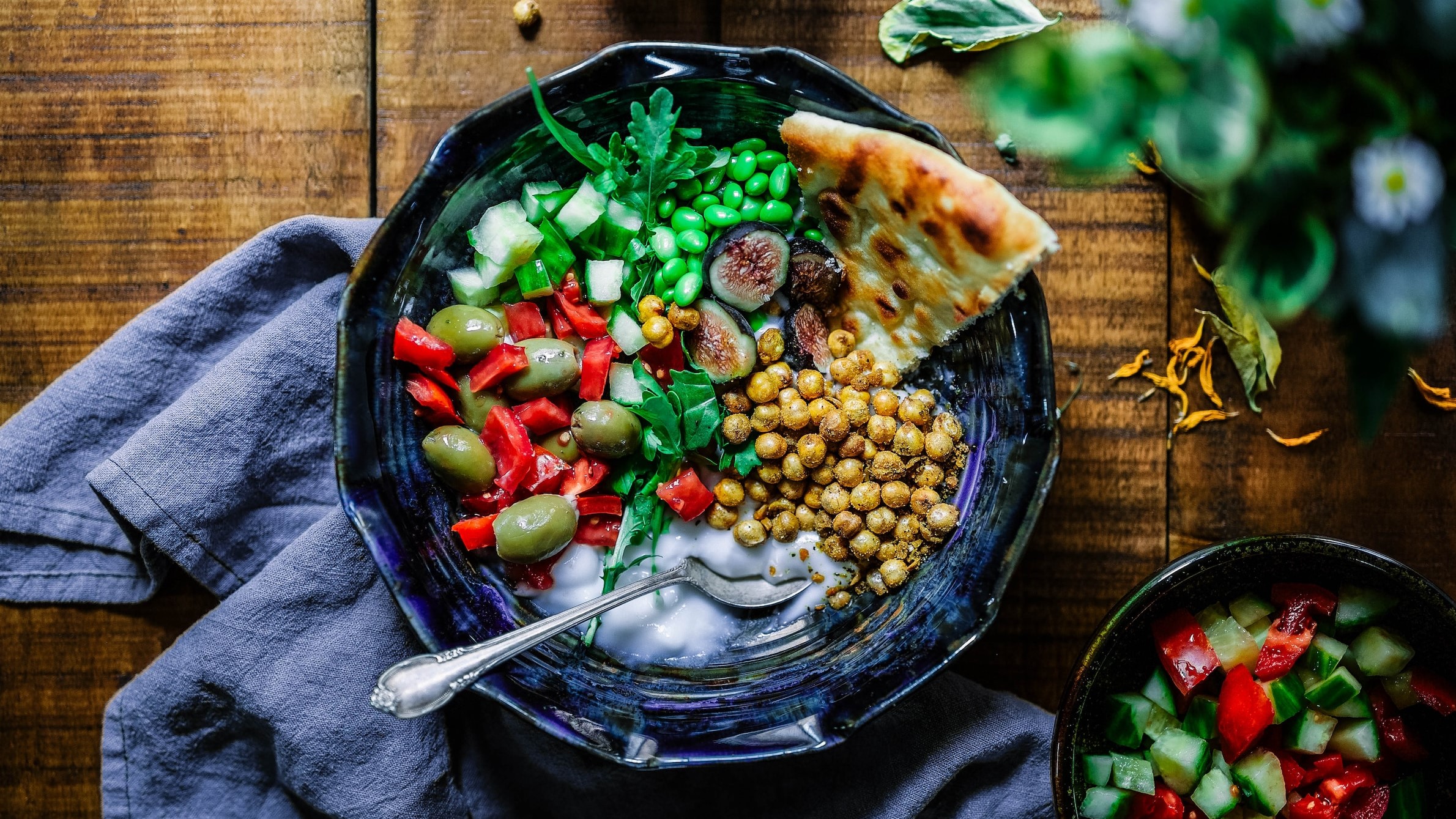
Mostly Plant-based Recipe links
The web has a host of great ideas for really tasty easy-to-cook plant-based or nearly-plant-based food –
- Meera Sodha’s recipes are tried and tested and the ingredients are easy to find
- Anna Jones has some great tips for making veg pack a similar punch to meat
- For those with a limited budget there’s Jack Monroe the Bootstrap Cook
- New York Times is a great source of vegetarian and vegan recipes
- Riverford Farm – a great source of easy and reliable veggie ideas and of course, great veg boxes
- And there’s River Cottage’s Hugh Fearnley Whittingstall – with a sprinkle of sustainable meat thrown in
No Waste
If you often find yourself throwing away uneaten food, try doing smaller more frequent food shops. If you have a freezer, use it to freeze half loaves of bread, batch cook and freeze meals or leftovers, and freeze milk if you’ve bought too much. Cook savvy by making stock as base for tasty soups and stews. The best chicken stock can be made by boiling up the bones of chicken wings – which are a really low cost meal in themselves.
Check your fridge contents regularly, menu plan, scrape dishes clean, make stock, soup, pasta sauce, risotto, pilaf, stir-fry or frittata (see pic below) with your leftovers – there are some really good recipes online:
- BBC Good Food leftovers recipes
- Love Food Hate Waste
- Henry Dimbleby of Leon also has some good suggestions as does Jack Monroe mentioned above
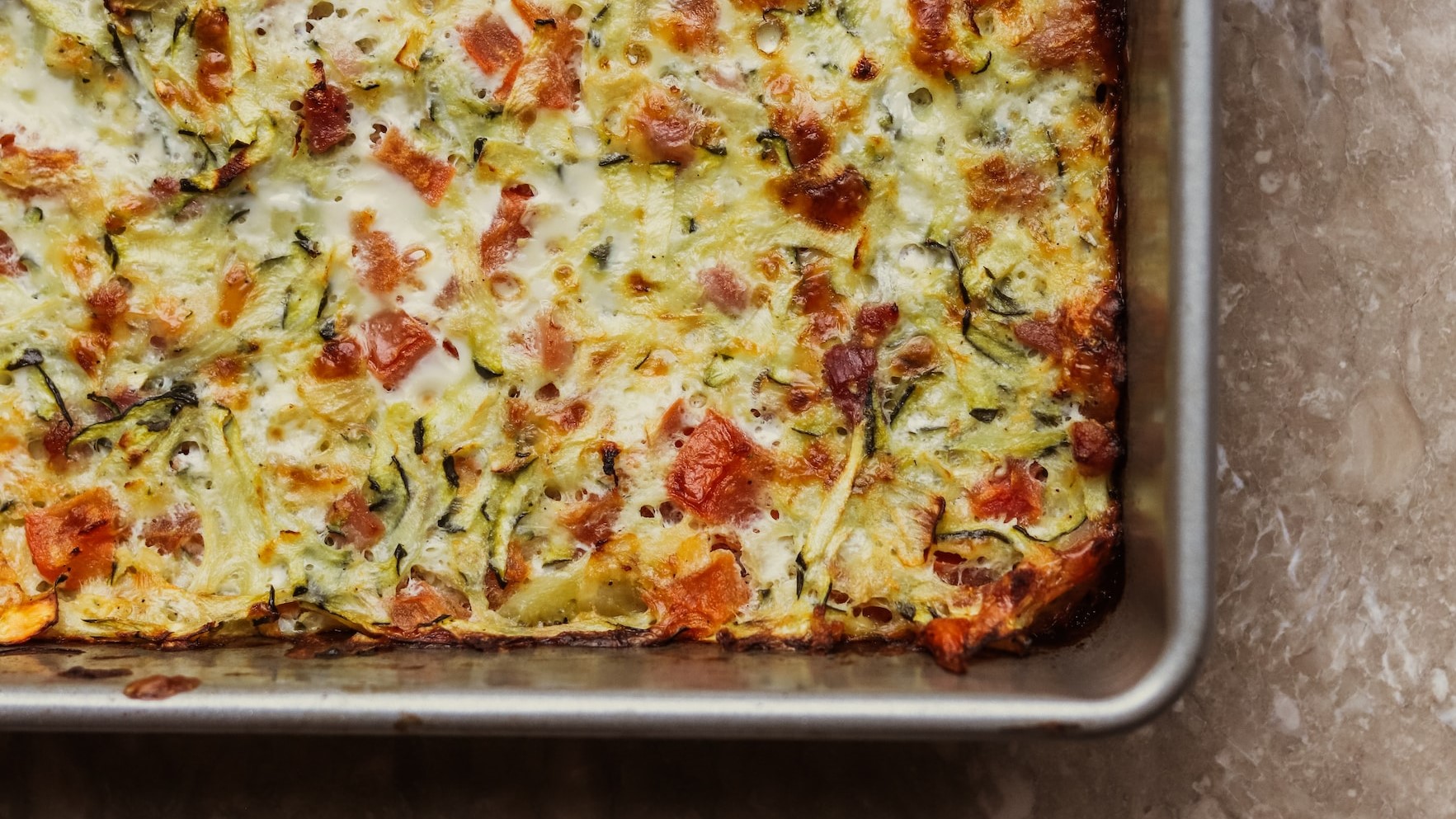
Another good way to help reduce food waste is to drop into your local Food Rescue and save some near-to-sell-by-date goodies from landfill.
- Food Rescue Hub (Hitchin and Welwyn)
- Ickleford Community Larder
- Letchworth Best Before Café
Healthy amount
Food waste is not just about the food we throw away, it’s also about the food we eat that our bodies don’t need and often struggle to cope with. Portion size has crept up over the years and most of us now eat more than we need. However just trying to cut back on intake can be a hugely emotional issue and often doomed to failure as it can set up irresistible cravings particularly around sugar- and carb-based foods and high-flavour processed snacks.
Although still deep in midwinter, the post-excess motivation that January brings, can make it actually quite a good time to get your cravings under control in a manageable way, in turn helping you to eat healthy amounts of healthier foods.
GP and nutritionist Dr Zoe Harcombe PhD advocates a phased regime for kicking the cravings without having to cut back on intake. The Harcombe Diet gives you a five-day window of restricted food types (not restricted quantity), followed by a flexible period of food combining which reduces cravings and helps your gut microbiome to become more healthy and balanced.
If the idea of a ‘regime’ fills you with dread and hearty meals are what get you through the winter, try doubling the quantity of veg suggested in pasta/rice recipes and reducing the amount of pasta/rice accordingly – still satisfying but much healthier and will make you feel less dozy and more energised.
Most importantly, and at the risk of repeating myself … whatever you decide to do, get started now, take the jump and enjoy it!
Vicky Wyer
Photo credits from top: Dan Dealmeida, Brooke Lark, Beth MacDonald, Edgar Castrejon, Sandie Clarke all via Unsplash.com

